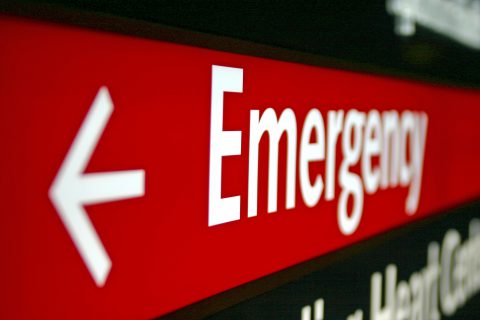Most businesses will understand the need for an effective emergency notification system but, appreciating the need to notify colleagues about an emergency and actually creating an effective user-friendly system that is robust and reliable in an emergency situation are different matters entirely.

Emergency communication systems will vary from business to business, but there are a few basics that every solution should have in order to safeguard communications and provide emergency notifications during an emergency or disaster.
The purpose of an emergency notification system is to ensure that you can communicate with your employees in the event of a disaster. Traditionally, mass notification was telephone based and a pre-recorded message would call each employee when a crisis struck. When email came along this was added into the mix, but there are two intrinsic problems with this set-up. The first is that not everyone will answer their phone, especially if the number is unknown or they are tied up with a project. The second is that not everyone has their email open at all times or reads messages right away. In both instances, the emergency notification doesn’t get through.
Effective, visible alerts
A modern system will take these barriers into account and employ a more disruptive, efficient and compelling means of message distribution to ensure that notifications are displayed and employees are informed of important notifications at the critical moment.
Multi-device compatibility
What they are working on, the systems logged into, or the physical location inhabited by employees should not impede the receipt or visibility of the emergency alert. In the modern workplace, on-demand workforces and telecommuting are both common, so the emergency notification system needs to recognize and be equipped to handle a geographically diverse workforce and one that may be using different systems or devices to carry out their duties.
Therefore, an effective system will provide a forum for disseminating urgent alerts in a way that ensures they stand out, both on traditional devices such as desktop computers and mobile devices such as smartphones and tablets. This means the messages should be displayed on the screen even if the user is logged out or if a screen saver is showing, with multi-channel messaging as a default.
Instant and two-way communications
As time is often of the essence when it comes to the people you need to notify in the event of an emergency, real-time and instant communications are non-negotiable. Two-way messaging should also be incorporated, in order that employees can respond as needed once the emergency alert has been delivered to their device. Two-way messaging also means that should information be required from the recipient, such as an eyewitness report or situation analysis, the required detail can be quickly relayed to the emergency communication coordinator.
Common components of workplace emergency communication systems:
- Priority alerts
- Real-time messaging
- Multi-device support
- Easy to use across different geographical locations
- Compatibility with other systems such as tornado warning sirens, disaster alarms, and alert color codes in hospitals







